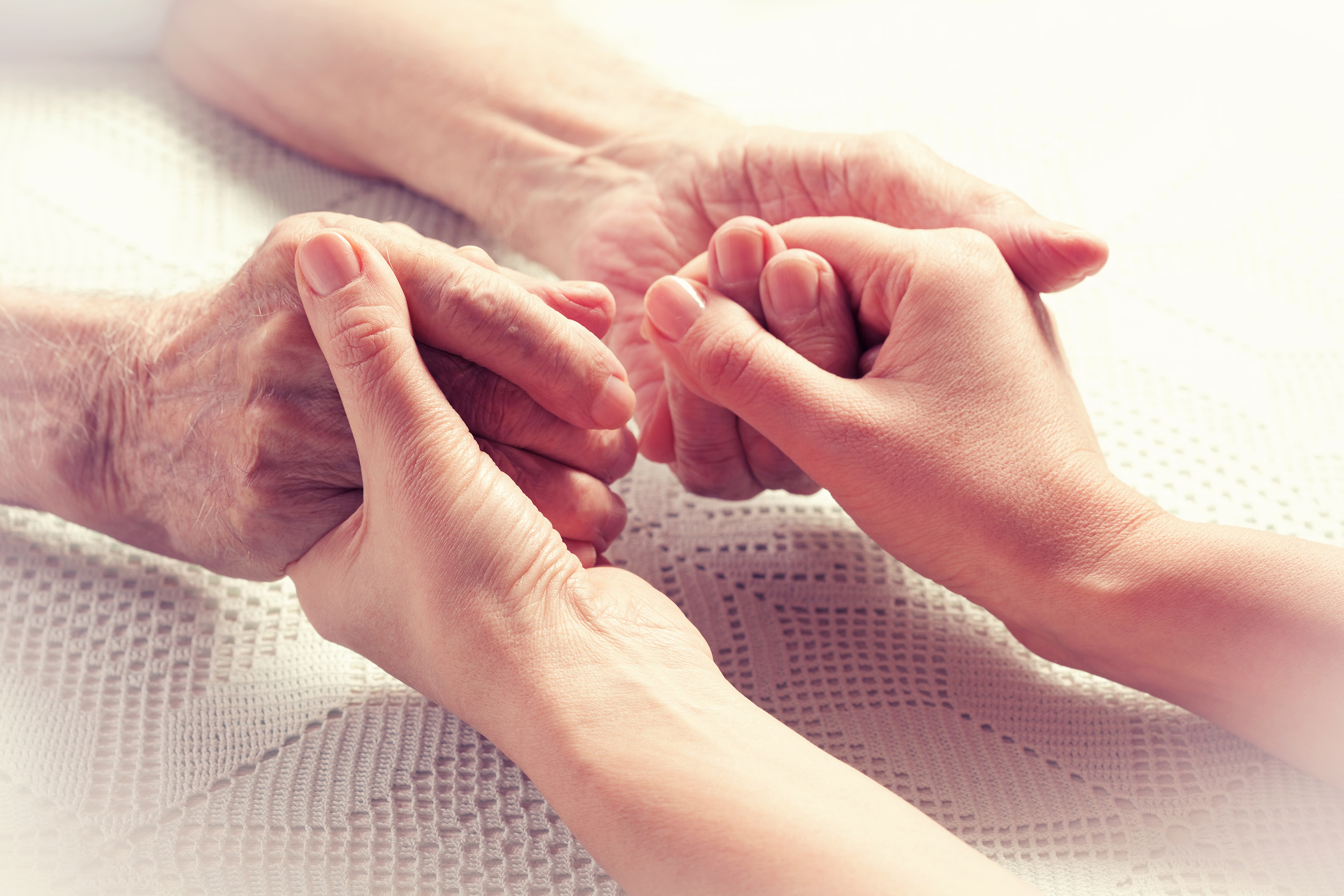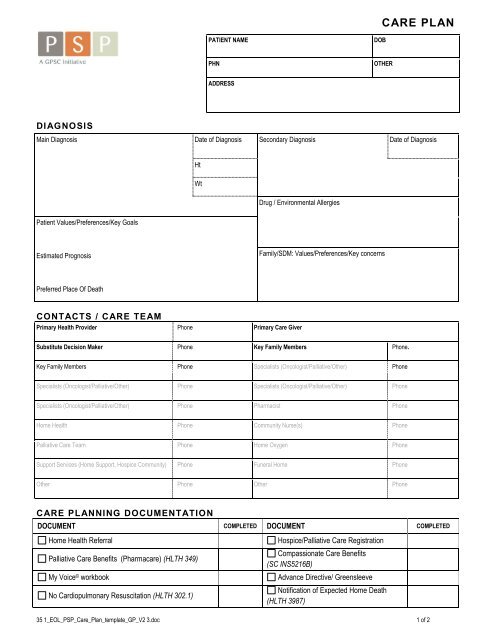Table of Content
Hospice is for patients who have a physician certify that they have a terminal condition likely to cause death within six months. Hospice generally has a more extended certification period that permits the patient to receive services much longer—as long as they continue to qualify. If a patient begins to recover and decides to pursue treatment, they have that right. The primary goal of home health care is to help the patient recover or maintain their current level of functionality.

The patient receives visits on an intermittent basis for as long as they meet eligibility criteria and their doctor deems care medically necessary. Home health care is available to those who have a need for short-term skilled nursing that is normally provided at a clinic or hospital. Many people who are eligible to receive home care and hospice care misunderstand the difference between the two types of care. While there are some general similarities, there are many differences, particularly regarding who can receive each service, what type of care is provided, and what the goal of care is for each service. What is the difference between home health care and palliative care?
What Is The Difference Between Hospice And Home Health Care?
Nurses treat wounds, administer pain medications, order equipment, and provide emotional support. Hospice care visits are also based on the needs of the patient and caregiver. They typically increase over time, as the patient’s health declines and their needs increase. The patient can receive visits for six months or longer if a doctor certifies they continue to have a limited life expectancy. Palliative care is a type of home health care that serves patients with an ongoing quality of life-limiting illness, primarily seeking to relieve symptoms, pain, and stress.
In September, the World Bank forecast China's growth at 2.8% this year and 4.5% next year. The yen surged to a four-month peak against the dollar on Tuesday after the Bank of Japan stunned markets by deciding to review its yield curve control policy and widen the trading band for the 10-year government bond yield. At the post-announcement media briefing, BOJ Governor Haruhiko Kuroda sought to emphasize that the change was "not an interest rate hike," but to improve bond market function.
HOW LONG IS CARE PROVIDED?
Perhaps the biggest difference between home health and hospice is the underlying philosophy behind the programs. For example, the underlying philosophy of home health is that of curative services. Home health provides services that are designed to rehabilitate the patient to their highest ability to care for themselves. Patients are taught how to understand their current medical condition and be as independent as they can be in their own home. Physical therapists implement strengthening exercises or how to transfer to help prevent further injury from falls. Occupational therapists educate how to adapt in groom and bathing for independence.

However, studies show that pain and symptom management is more effective when delivered earlier in the disease process. Fully covered by Medicare, Medicaid, and most private insurance plans and HMOs, hospice is more about living than dying. That’s because it is meant to provide the best quality of life possible for patients whose prognosis leads doctors to believe they will not live past six months.
Resources
It’s a type of medical care that helps relieve pain and symptoms from serious illnesses, like cancer or heart disease. This is our first time to use a hospice care facility and we are more than pleased with the wonderful care we are receiving from Vantage Hospice. We have a great care unit that we rely on...and they are extremely professional, caring, and loving. It is with profound love from my family that we highlight two employees, Chantelle and Monica. He relates to her exceptional humor, uplifting and caring comments. You can tell she loves her job...the love she gives to him and us.
This model is not the only payment demonstration with the potential to foster greater coordination. Medicare Advantage, Primary Care First and other models also present opportunities. But the unique features of ACO REACH make it a worthy exemplar of how payment structures can influence the ways providers can collaborate. Most emerge from the Center for Medicare & Medicaid Innovation as demonstration projects that typically last four years.
Home Health vs. Hospice Care: What is the Difference?
Hospice care also has the goal of promoting quality of life through pain and symptom management, as well as helping the patient and his family through the end-of-life process. Home health is a wonderful service meant to bring health care providers directly into the place where you are most comfortable—your home! When you are admitted to Aspire Home Health, you have the opportunity to discuss with your nurse what exactly your health-related goals are. Your nurse will then create a personalized recovery plan specific to what you want to accomplish. Each home health plan will look different for a patient based upon their needs, but the ultimate goal of home health is to get patients back on their feet and better than ever.
Hospice care is appropriate when you have received a terminal diagnosis, and no longer want to seek curative treatments. Skilled Nursing—Our exceptional nurses come to your place of residence—whether it be a assisted living facility or in your home—to provide skilled nursing services. Nursing services can entail a wide range of services from pain management to wound care. We also recently introduced a holistic nurse to our team expanding our available resources.
All of the medical benefits of hospice can be received at the comfort of home. In fact, this familiar environment can lead to an added feeling of security, and loved ones will feel more comfortable visiting often than if hospice occurred in a hospital. Especially during times with the covid-19 pandemic, having this opportunity to receive care at home is more enticing than ever.

The Accountable Care Organization Realizing Equity, Access and Community Health payment model will launch on Jan. 1, 2023, and hospices that collaborate with participating ACOs could realize some unique benefits. In a similar vein, we also see more health systems expanding the scale of services that extend beyond their walls with or without a JV partner, particularly when it comes to care in the home. Establishing JVs allows each stakeholder to expand their care continuum and reach a larger patient population while leveraging their respective core expertise. In other words, a health system can partner with a home health or hospice company to expand its reach into the home setting with a shorter learning curve — or having to build the infrastructure from the ground up.
They help patients with prayer, scripture, song or other spiritual activities. Home health aides assist the patient with basic but essential tasks like personal care and movement. Home health services help you get better from an illness or injury, regain your independence, and become as self-sufficient as possible.


No comments:
Post a Comment